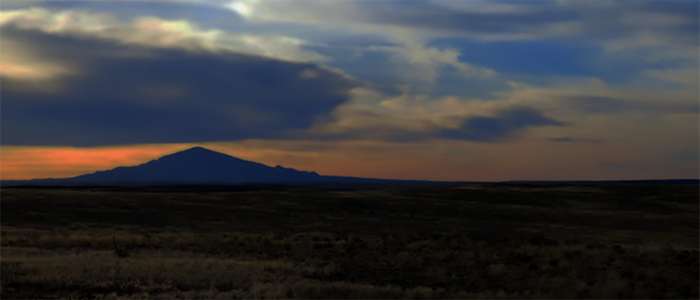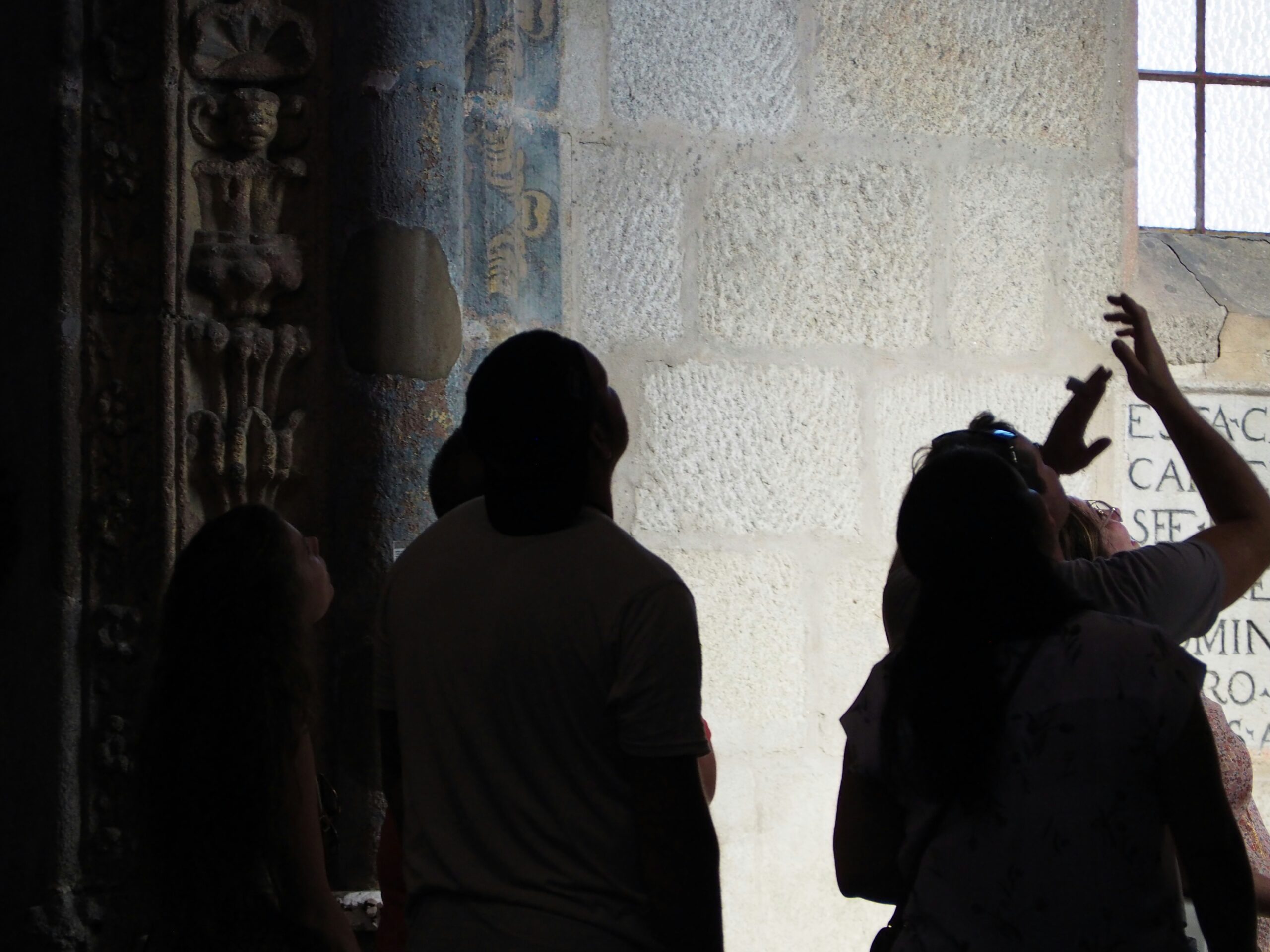For the next few weeks, we’ll be observing an anniversary: 10 years since we left San Francisco and moved to Ann Arbor. I’ll repost articles Frank and I wrote at that time for our Ann Arbor blog, aSquared. Bittersweet, very definitely they will be, bittersweet.
[It’s aSquared’s First Birthday … we’re celebrating by looking back at events from a year ago … skip these retro posts if you’re not into sentimentality.]
‘Ugh. Maybe on another visit it will seem okay; last year, it was the pits to me …
‘Memphis, TN
‘Population 650,100 (2000 census). The first European to set eyes on the site of what is now Memphis was probably Hernando de Soto in 1541.
‘The site where Memphis now sits was first occupied by a French military post, Fort Prudhomme, in 1682, followed by Fort Assumption in 1739, followed by a briefly-held Spanish post, Fort San Fernando de Las Barrancas, in 1795 (the British held most control of the area following the French and Indian War in 1763, but skirmishes for control continued for years among Britain, Spain, France, the United States, and Indian tribes). After getting rid of the inconvenient Chickasaw tribe, Andrew Jackson, John Overton, and James Winchester founded the city in 1819.
‘The first settlers of Memphis were primarily German and Irish workers. Memphis was incorporated in 1826. Memphis was a key Confederate post until 6 June 1862, when Ulysses S. Grant took the city and turned it into the chief Union headquarters for operations in that theater. Nathan Bedford Forrest, who later became the first Grand Wizard of the Ku Klux Klan, led a daring raid against Union forces in Memphis in August 1864. A three-day riot occurred in April-May 1866, triggered by animosities between black freedmen and Irish workers. A series of cholera and yellow fever epidemics killed over 8000 Memphians in the 1870s and devastated the city. The city went bankrupt and the State of Tennessee revoked its charter in 1879. With the help of investments by millionaires like William Goodlett and Robert Church, the South’s first African-American millionaire, the city charter was reinstated in 1893. In 1892, after three black Memphis grocers were lynched, Ida B. Wells, a journalist, began a crusade against the atrocities.
‘Beale Street became a hotbed of culture and it was here that W.C. Handy, originally a faculty member at Teachers Agricultural and Mechancial College in Huntsville, AL, and later a bandleader and touring member of minstrel groups, wrote “Mr. Crump,” which eventually became “Memphis Blues,” one of the first popular compositions to use the 12-bar structure and flattened third/fifth/seventh-note melody that later became characteristic of the blues. Handy first came across music resembling the blues one night in 1903 in Tutwiler, MS, when a black man sat next to him and started pressing a knife against the strings of a guitar while singing the words, “Goin’ to where the Southern cross the Dog.” Handy asked the man what the words meant, and the man said that they referred to the town of Moorhead, MS, where the Yazoo & Mississippi Valley Railroad (commonly known as The Yellow Dog) crossed the Southern Railroad. Handy later said that the sound was “the weirdest music I’d ever heard.”
‘One of the most explosively popular and perennial blues compositions, “St. Louis Blues,” was penned by Handy in his Beale Street bar, PWee’s, and although Handy was forced to publish the tune himself in September 1914 after being turned down by every publisher he approached, the tune took on a life of its own, especially after Sophie Tucker recorded it and it became the first blues to sell a million copies.
‘Elvis Presley’s parents sold their furniture, loaded up their truck, and moved with Elvis to Memphis from Tupelo on 6 November 1948. In the middle or late summer of 1953, Presley cut his first record at Sam Phillips’ Sun Studios on 706 Union Avenue. (Phillips’ studio was not yet famous, but it had already cut what many scholars consider the first rock song, Jackie Brenston and Ike Turner’s “Rocket 88,” in 1951.) The rest is history.
‘Memphis was (until the company’s bankruptcy in 1975) also the home of Stax Records, one of the most influential labels in the burgeoning soul music movement of the sixties. Among the artists who recorded for Stax were Otis Redding, Eddie Floyd, Joh ie Taylor, Rufus Thomas, Booker T & The MG’s, Sam & Dave, the Staple Singers, and Carla Thomas. Given all the rich history above and the fact that I had wanted to see Memphis as long as I could remember, I wish I had had the fortitude to meet Memphis on its own terms and to give it a chance. I didn’t.
‘We arrived late Tuesday night, a sweltering, dark night on which the bridge across the mighty Mississippi was a blur, and we nearly got lost trying to find the right exit to take to get to our hotel near the airport and Graceland. I got out of the Jeep and my legs promptly got barraged by a battalion of mosquitoes. The hotel was not the worst place on earth, but it wasn’t the best, either. We were both exhausted and cranky after a long day of driving through one and a half states with barely a stop in Conway, AR, for gas and reinforcements, and we weren’t thinking clearly or rationally. We tried to find Elvis Presley Boulevard, and we failed. We tried to find a neighborhood with a restaurant, and we didn’t find anything but a Wendy’s, where we got our bag of fast food, struggled to understand the checkout woman’s drawl, and drove quickly back to the hotel, in the process being nearly cut in front of twice by reckless drivers.
‘We went to sleep, got out of bed this afternoon, and drove to Graceland, which was a tourist attraction that I somehow stupidly expected to be something it wasn’t. I walked around a little bit, briefly stopped in the tourist center to see if there were any maps or brochures, and seeing none, walked back out, where I saw a line of people waiting to take a photo in front of a mural with a mock-up of Graceland’s gates on it and a giant fan in front of the mural to, I guess, cool off the line of people. I walked back to the parking lot past a brook with a wooden bridge over it, which I thought was the nicest part of the whole place. I asked Steve to snap me in front of one of the signs advertising the 30th a iversary of Elvis’s Aloha from Hawaii Via Satellite concert, made a snide comment I shouldn’t have made about the function of the site as a money-generating mechanism for Elvis’ ex-wife and daughter, and we left Graceland without further ado.
‘We stopped downtown and shot a few photos on Beale Street, Steve stopped in an Elvis memorabilia store while I sat on the sidewalk with Bayley and watched a big man leaning against a wooden construction barrier across the intersection of Beale and Second trying to steer what few tourists were on the street into the Blues City Cafe, and that, unfortunately, was the extent of our Memphis experience.
‘I can’t say why it was the experience it was; Memphis is an intense, almost seething city, and that’s not casting aspersions on it, but it is what it is, or it is how we experienced it, and we weren’t in the mood or the inclination to be patient with the city. That’s about all I can put it down to. Maybe someday we will go back and have a different experience there. I hope so.
‘—Posted by Frank at 19:03:04 | 20-Aug-03’












